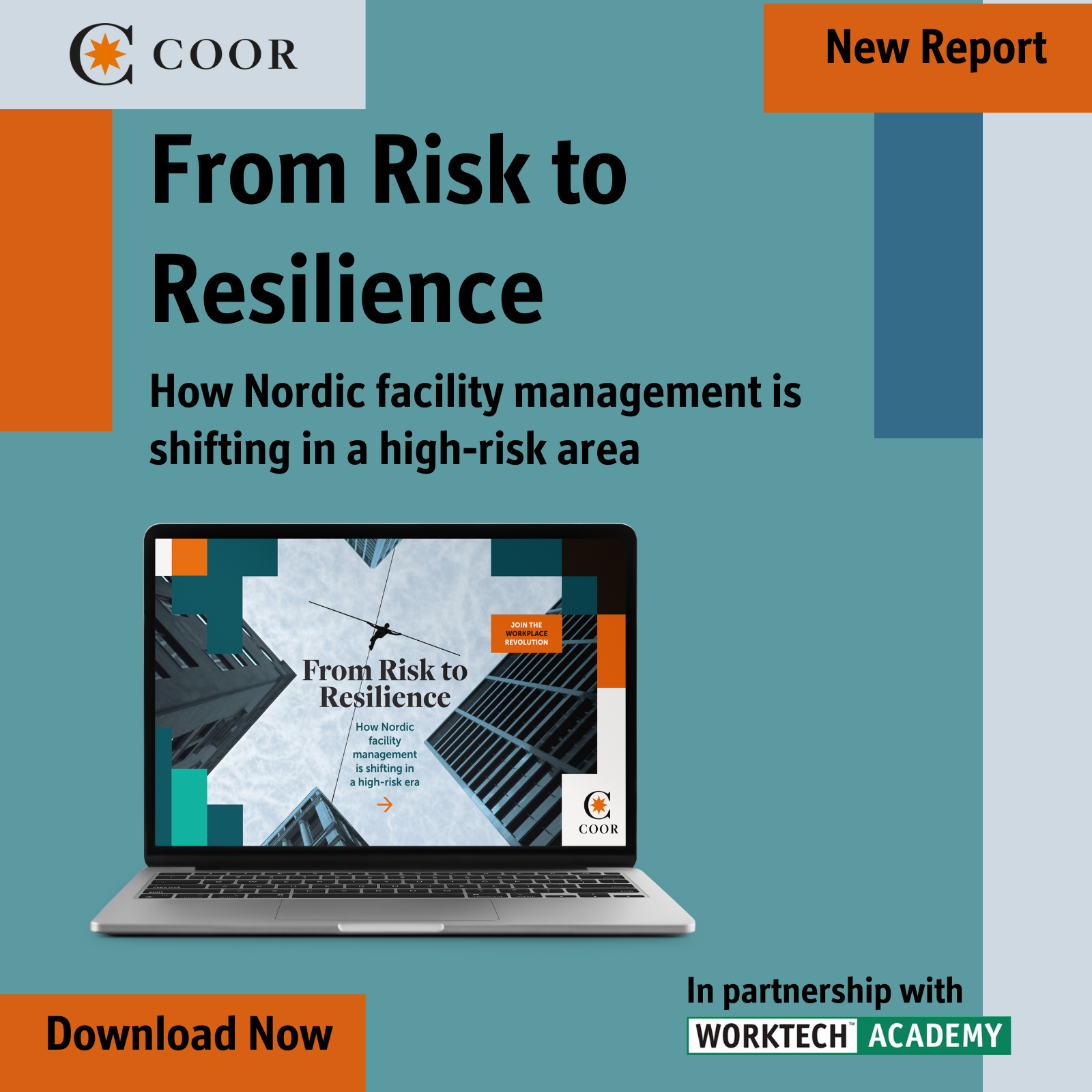How to bridge the gap between base build and fit-out in smart buildings
There’s currently a disconnect between shell & core and fit-out that results in buildings that fall short of their digital promise. It’s time to embed digital strategy more fully in the development process
In an earlier article for WORKTECH Academy, I asked whether we are asking the right questions about smart buildings. One question keeps resurfacing across projects, roles and sectors: why is there such a disconnect between shell & core delivery and the fit-out phase, especially when it comes to technology?
We live in an era where smart, connected, responsive buildings aren’t just desirable, they’re expected. And yet the industry continues to deliver buildings that are technically solid but digitally underwhelming. We see structures that are architecturally impressive but functionally disconnected. So, what’s going wrong?
Fragmented approach
The issue stems from how we procure, design and deliver buildings. Commercial development is typically split into shell & core and fit-out phases, each handled by different teams, budgets, timelines, and often agendas. That may work structurally but digitally, it causes problems.
Technology infrastructure, system integration, and data strategies fall through the cracks. Developers may provide fibre risers, a Building Management System, or smart metering, but rarely a unified digital strategy.
Occupiers then arrive in ‘smart’ buildings only to discover that systems aren’t integrated, real-time data is inaccessible, and infrastructure won’t support their ESG, wellness, or digital workplace goals
The result? Expensive retrofits, delays, frustration, duplication, or worst of all tech being ripped out and buildings that fall short of their digital promise.
Missed opportunity
This isn’t just a technical issue, it’s a strategic miss. Every new build, refurb, or repositioning project has the potential to be delivered as a true digital asset. That means:
- A common integration layer from day one
- Structured data architecture that supports optimisation
- Occupier-ready infrastructure for seamless plug-and-play
- Scalable digital services for energy, space, and experience management
- Open, interoperable systems that won’t age out after a few years
These are not aspirational features, they’re foundational. This is what makes a building digitally useful. The real estate industry is changing and fast. Expectations from occupiers, asset managers, and investors are rising. So is regulatory pressure.
Today’s commercial property landscape demands: rapid, frictionless occupier onboarding; data-driven operational efficiency; ESG reporting backed by verifiable digital data; and certification-readiness (WiredScore, SmartScore, NABERS, etc.) In short: digital readiness isn’t a bonus, it’s a baseline.
What needs to change?
So how do we fix the gap between shell & core delivery and the fit-out phase? Here are five ideas:
- Embed digital strategy early
Digital needs a seat at the table, not as an add-on but as a core layer aligned with MEP, architecture, and IT.
- Appoint a master systems integrator (MSI) consultant
Someone must own the digital thread from shell & core to full fit-out. An MSI or digital building services architect ensures systems are specified, integrated, and delivered coherently. Not just digital in theory but digital in practice. A digital connective tissue between vision and reality should bridge the gap between traditional disciplines and the digital layers of tomorrow’s high-performing buildings.
- Shift perspective to buildings as platforms
Deliver the building as both a physical structure and a digital platform—ready to evolve, integrate, and serve its occupiers from day one.
- Involve occupiers early
Engage the end users while there’s still time to shape design and avoid rework. Their digital needs must inform the base build strategy.
- Champion open standards
Say no to lock-in. A vendor-neutral, open-protocol approach means long-term flexibility and a future-proofed project.
If we want smart buildings to actually be smart, we must go beyond glossy dashboards and post-occupancy fixes. We need to deliver buildings that are digitally coherent, operationally ready, and occupier-aligned from the ground up.
Until we embed digital strategy into the development process, not wedge it in after, the industry will keep delivering buildings that fall short of their potential. It’s time to bridge the gap. It’s time to build digital and smarter.








